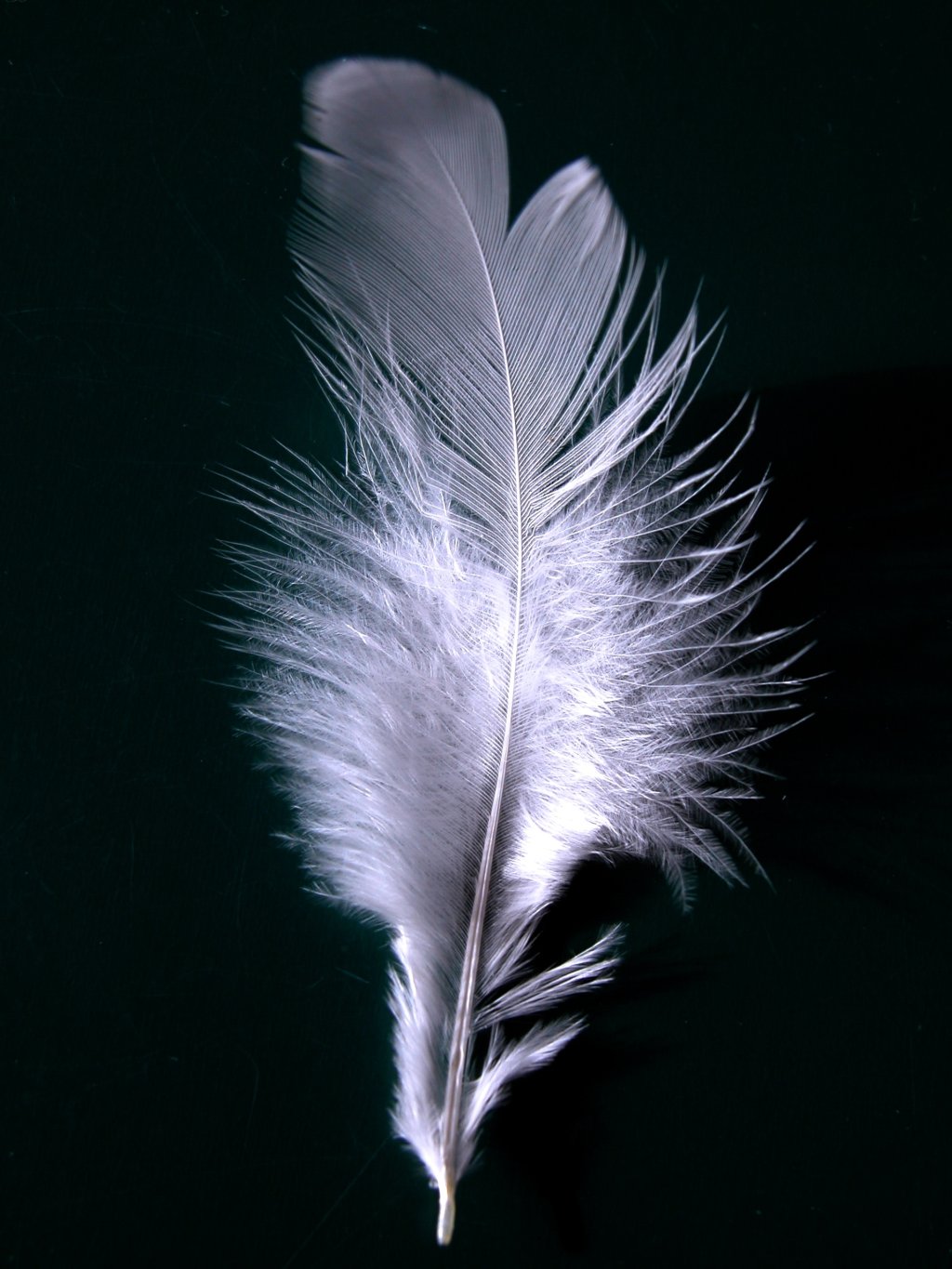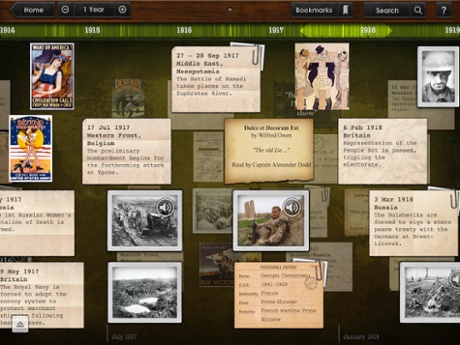
For anyone keen to embark on knitting for Tommy during the war, there was no shortage of ideas or instruction. Pamphlets or books dedicated to patterns for comforts were produced by yarn manufacturers, associations and charities, and simple patterns for much-needed items such as socks frequently appeared in the national and specialist press. In 1915, the British Journal of Nursing offered guidance on the dimensions of mufflers for the Army according to the Director General of Voluntary Organisations, Sir Edward Ward: ‘each muffler should measure 58” x 10” and be made on two No. 7 needles, taking 10oz of fairly thick drab or khaki wool.’ The Graphic newspaper published a diagram showing how mittens could be made from old socks and stockings, a method devised by Dr George C. Cathcart of Harley Street, who had supplied the London Scottish Regiment with the recycled items.
A number of patterns in this book were originally published in The Queen magazine. Launched in 1861 by Samuel Beeton (husband of the more famous Mrs Isabella Beeton), The Queen was aimed at a middle-class readership and covered domestic matters and society news as well as social welfare issues. The First World War found the magazine in its element, offering advice and guidance on a whole range of ways for women to help the war effort, from economising on food to training in first aid. Its needlework column, ‘The Work Table’, had been a feature of the magazine since its inception, and its wartime columns instructed readers on how to sew and knit articles for the needy, from clothing for Belgian refugee children to a whole gamut of knitted comforts for soldiers such as rifle gloves (leaving the thumb and forefinger free), knitted puttees, balaclavas with ear flaps or trench hose.

Patterns appeared regularly throughout the four years of war. The first, in their 5 September issue, gave instructions for making a crocheted sock and a nurse’s ‘spencer’ (a kind of cardigan), while as late as 16 November 1918, the magazine was still offering refined and improved knitting ideas, this time in the form of the Warleigh mitten, with gauntlets to prevent jacket cuffs from getting damp. Other patterns are gleaned from original pamphlets from the period, produced by wool companies such as Weldon’s or Baldwin’s, as well as women’s magazines like Woman’s Own or leaflets produced by just one of the countless charities acting to provide comforts for soldiers and sailors abroad.
Recipes’ for standard items such as knitted helmets or mittens proliferated, but it is interesting to note the small variations of detail from one item to the next. Sometimes, for instance, a helmet might have ear holes – essential if it were for a man working in communications – while others did not. Some balaclavas came with ‘cape’ extensions to warm the neck and chest, mittens and gloves were tailored to allow infantrymen to manipulate a rifle, while there was a myriad of specially designed constructions for protecting or supporting the wounds of men in hospital.
Whatever was needed, whether it was a smoking cap for a convalescent, an abdominal belt for keeping chills at bay, mittens for men on minesweepers or a sleeping helmet for nights spent out in the cold French winter, the nation’s knitters provided it. Knitting for Tommy – and for Jack – was an essential element of the war effort. It kept the fighting forces warm, boosted morale among the men and gave a meaningful occupation to those who were desperate to do something to help. Britain’s knitters were anxious that the boys at the front would know they were not forgotten. Now it is our turn to remember them.
Lucinda Gosling works at historical specialist, Mary Evans Picture Library and is the author of Knitting for Tommy, which explores the knitting craze through magazine adverts, postcards, cartoons and photographs of the day, as well as offering a guide to kitting out your own First World War Tommy using original knitting patterns.









































































